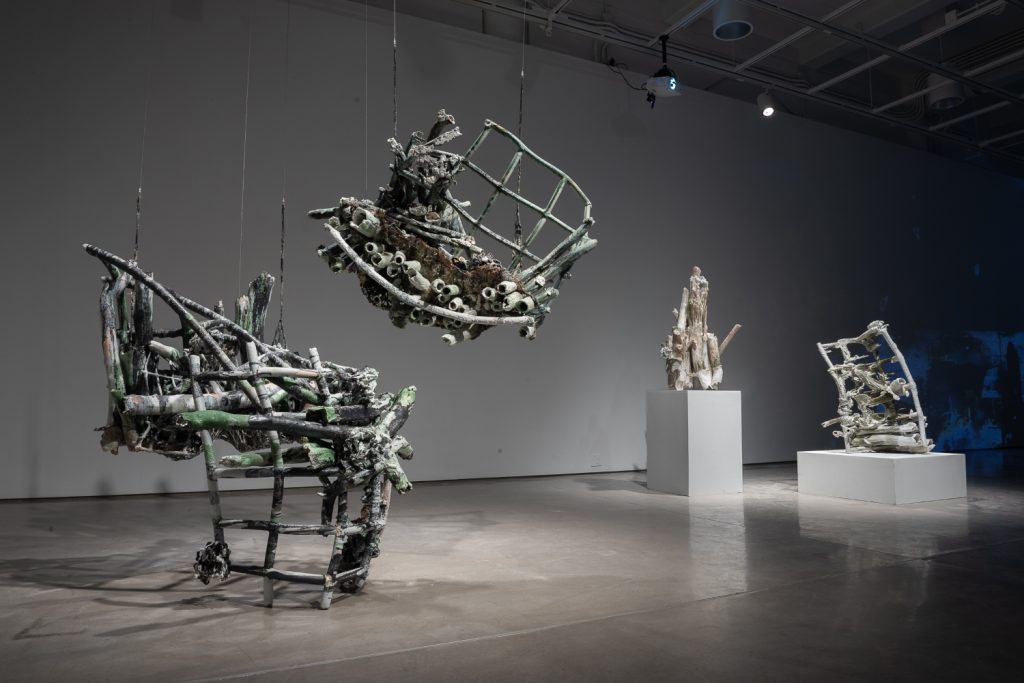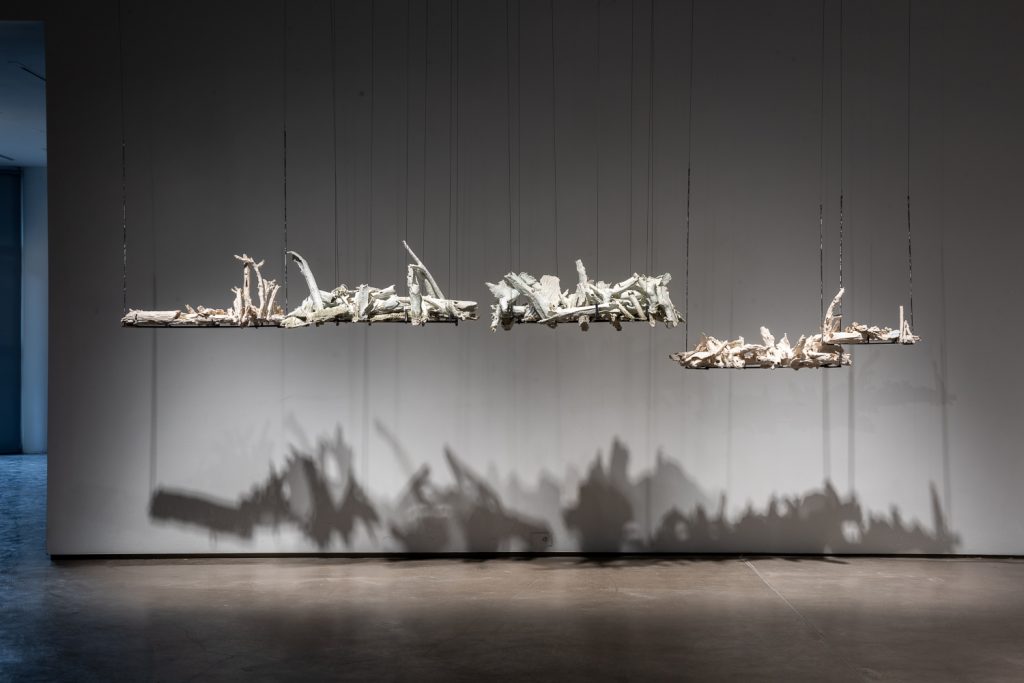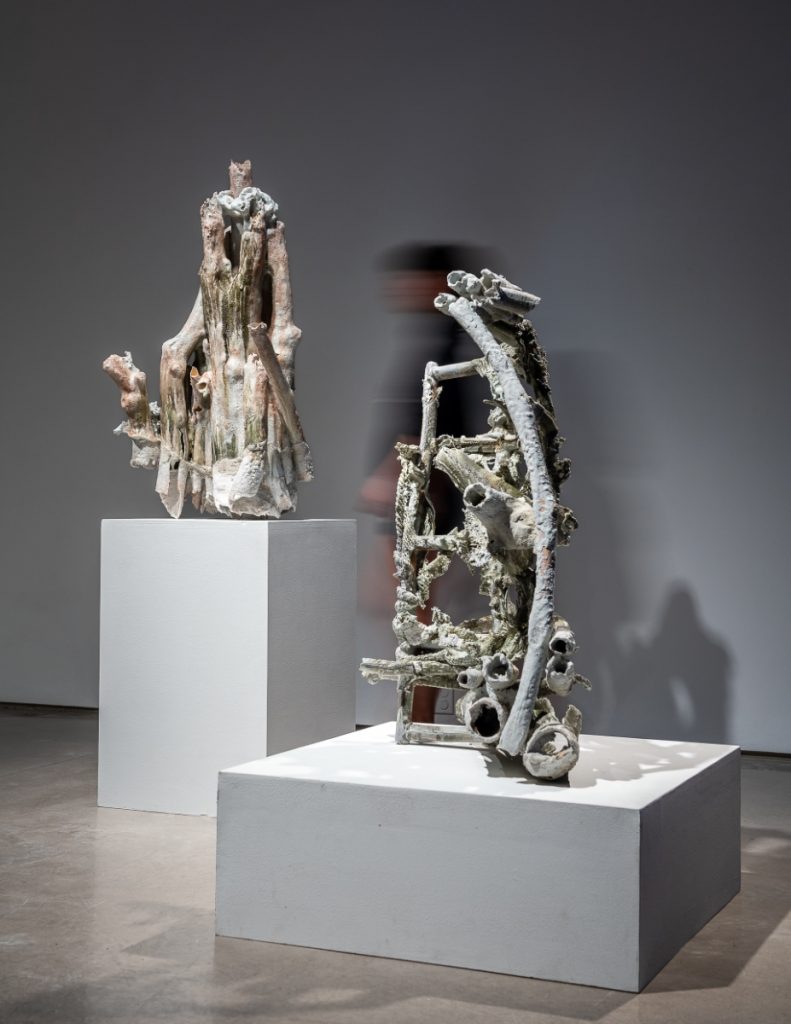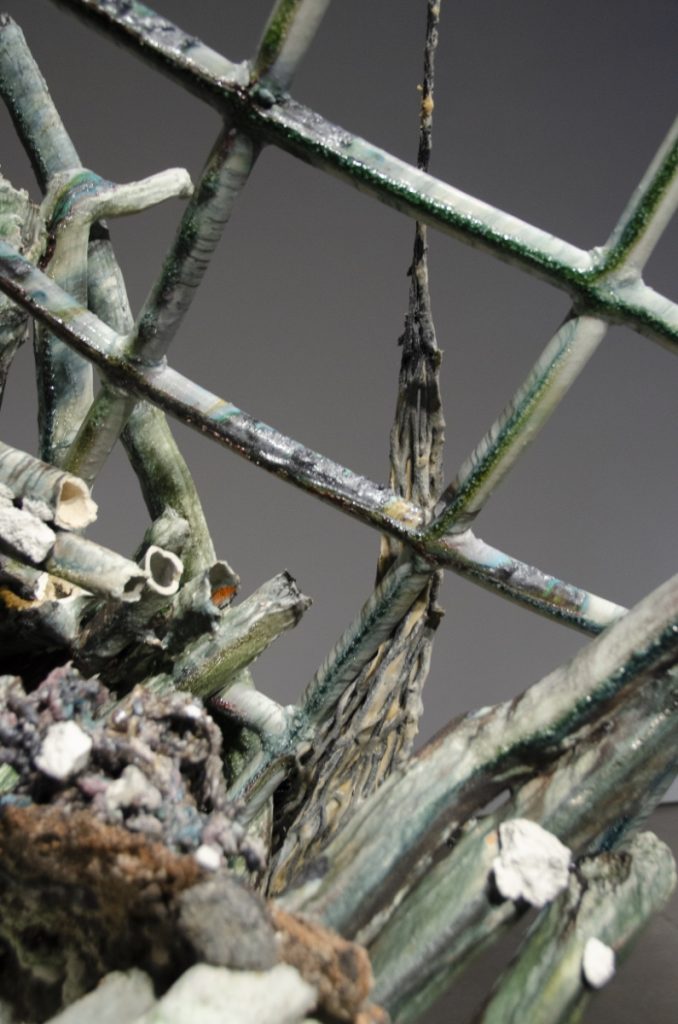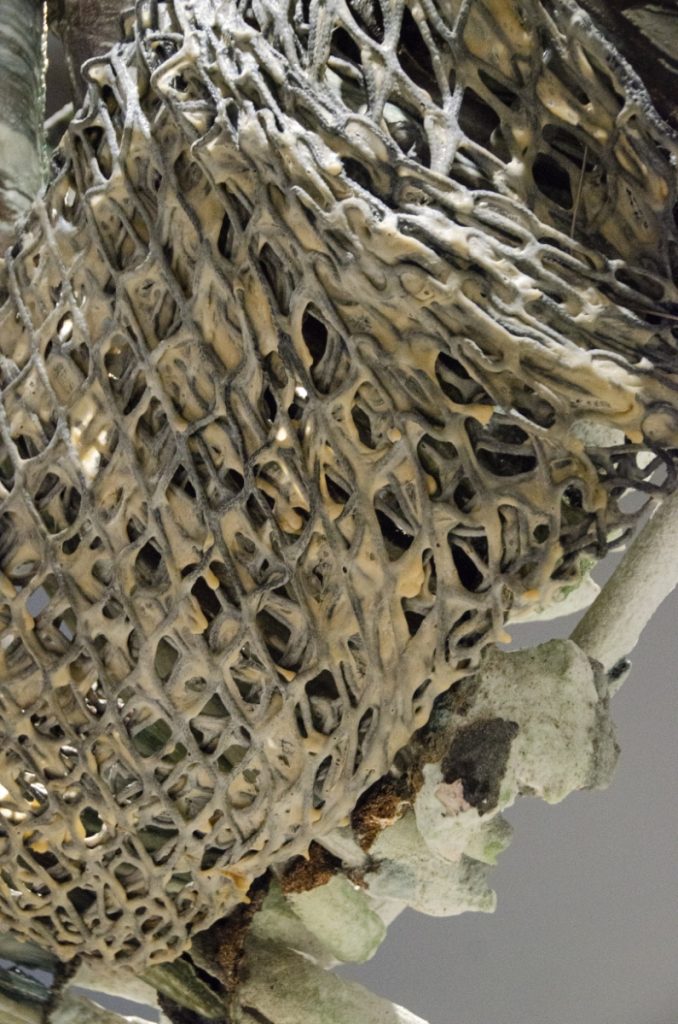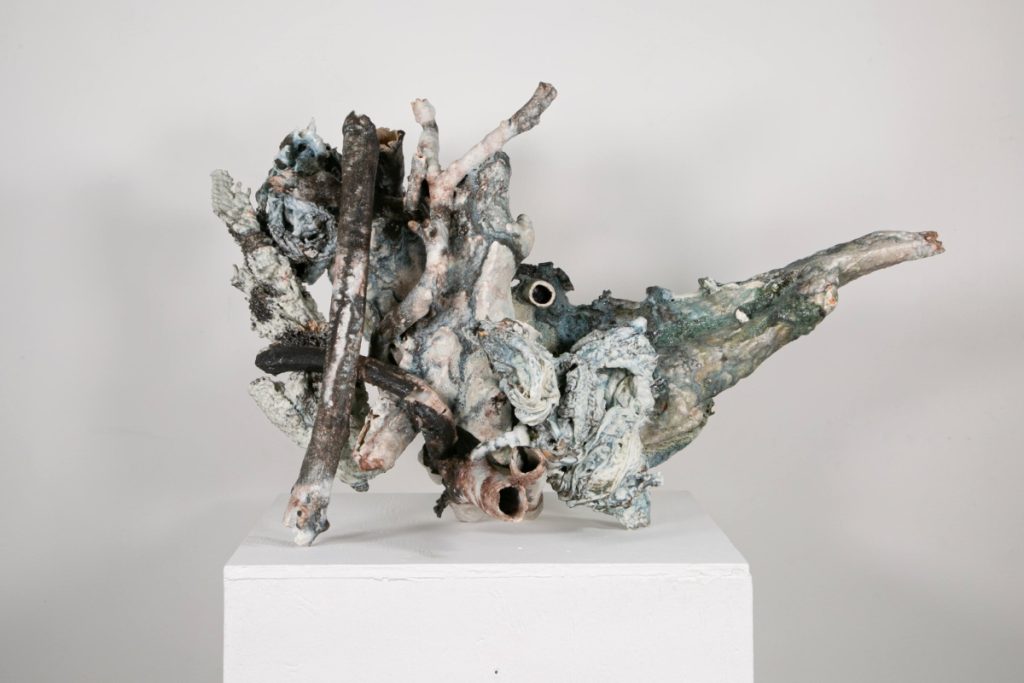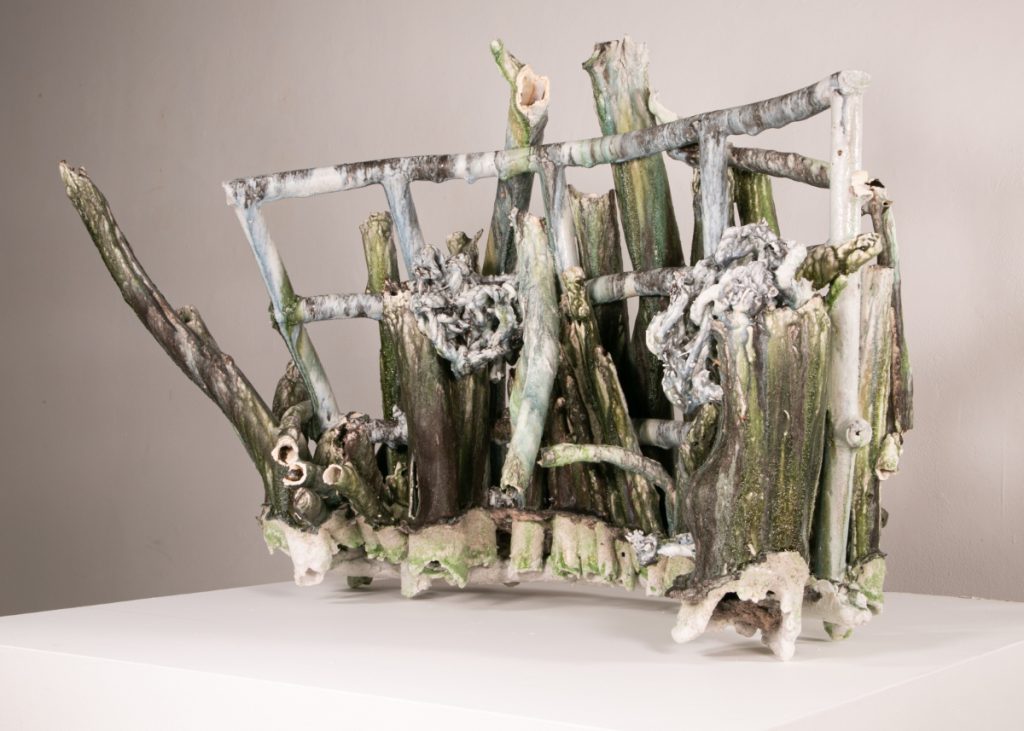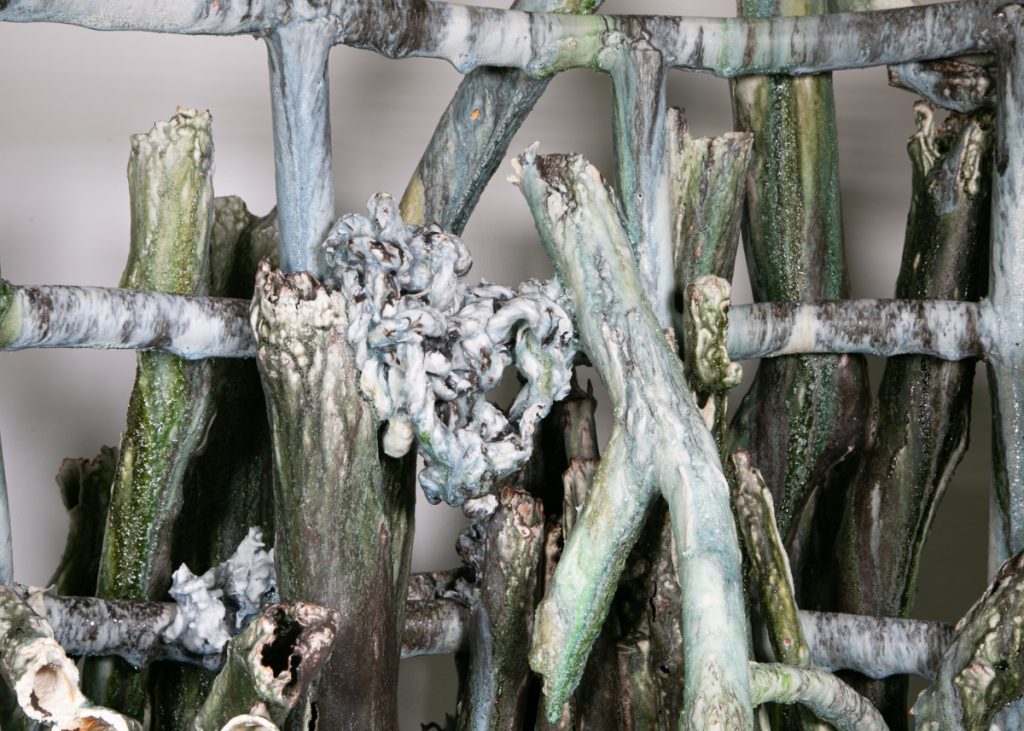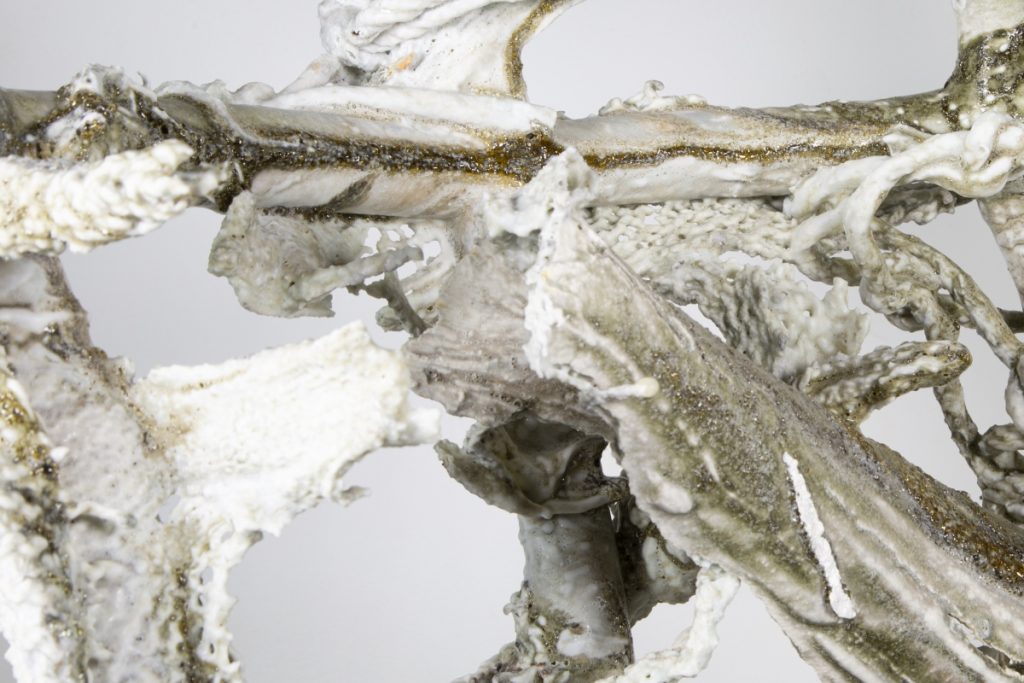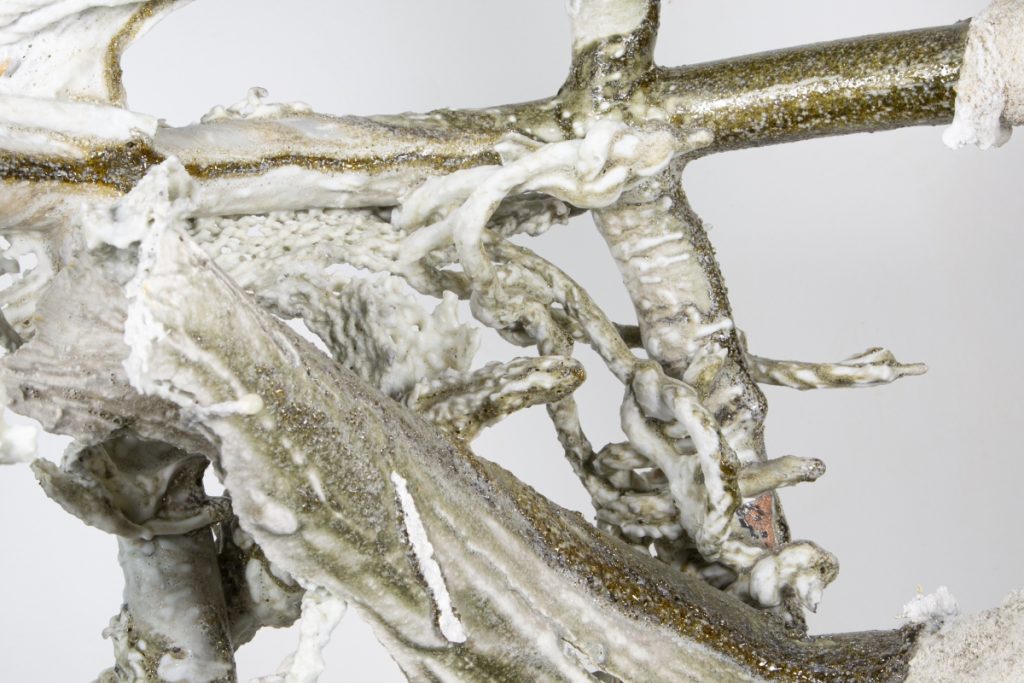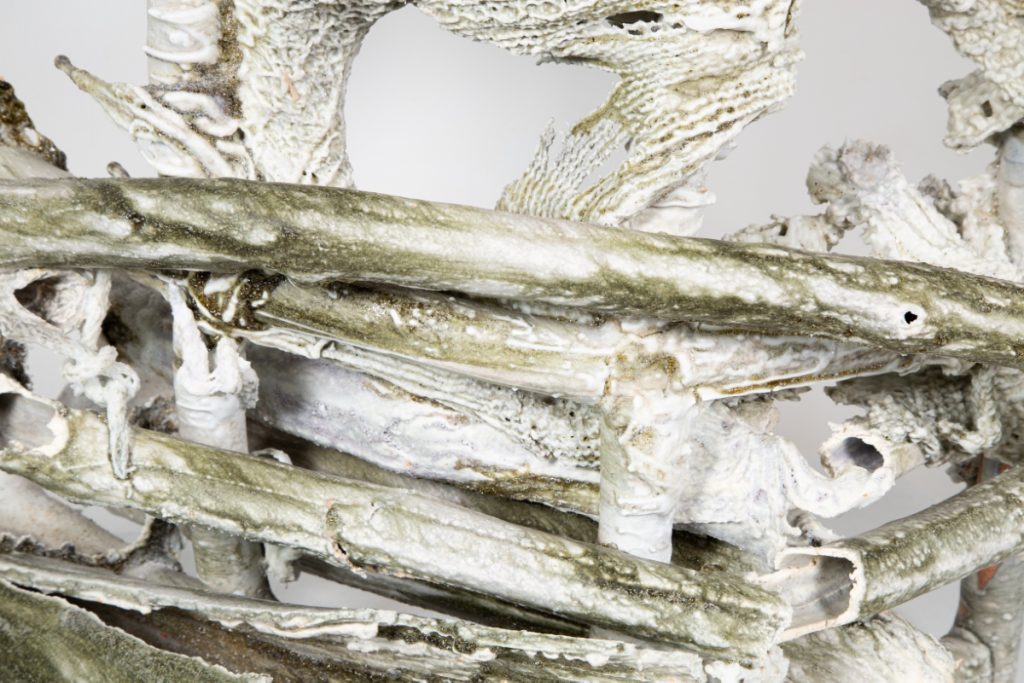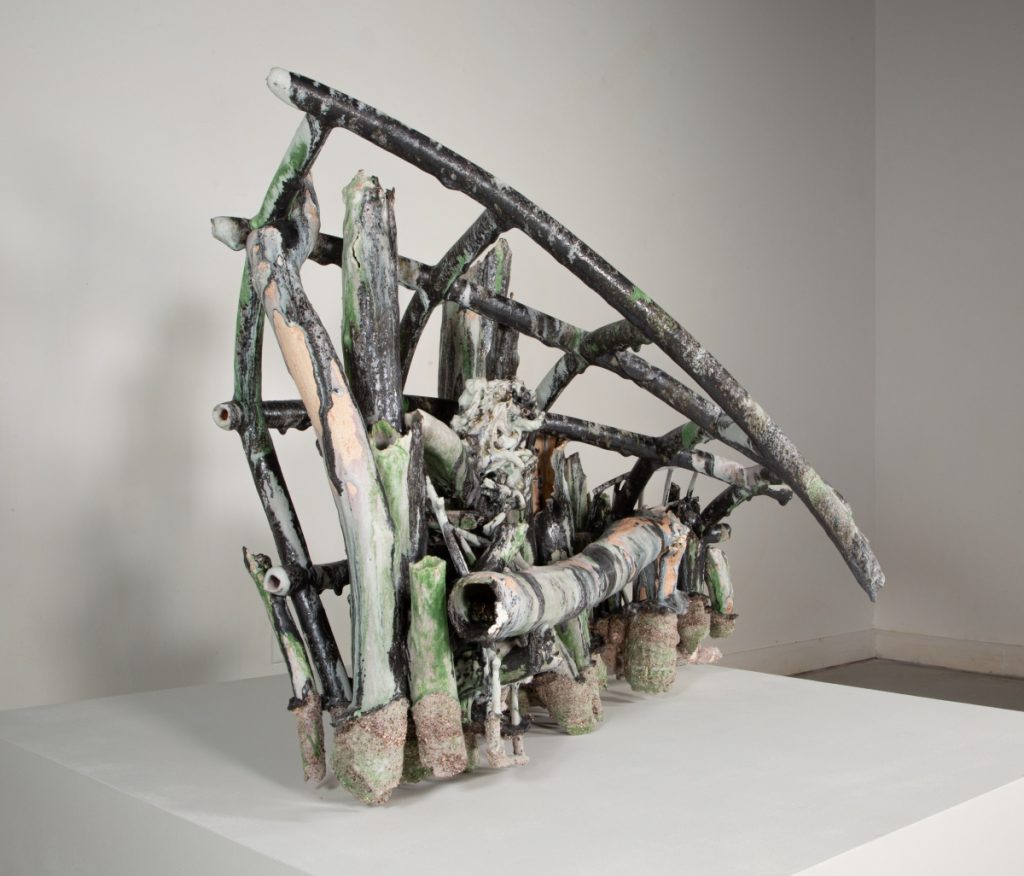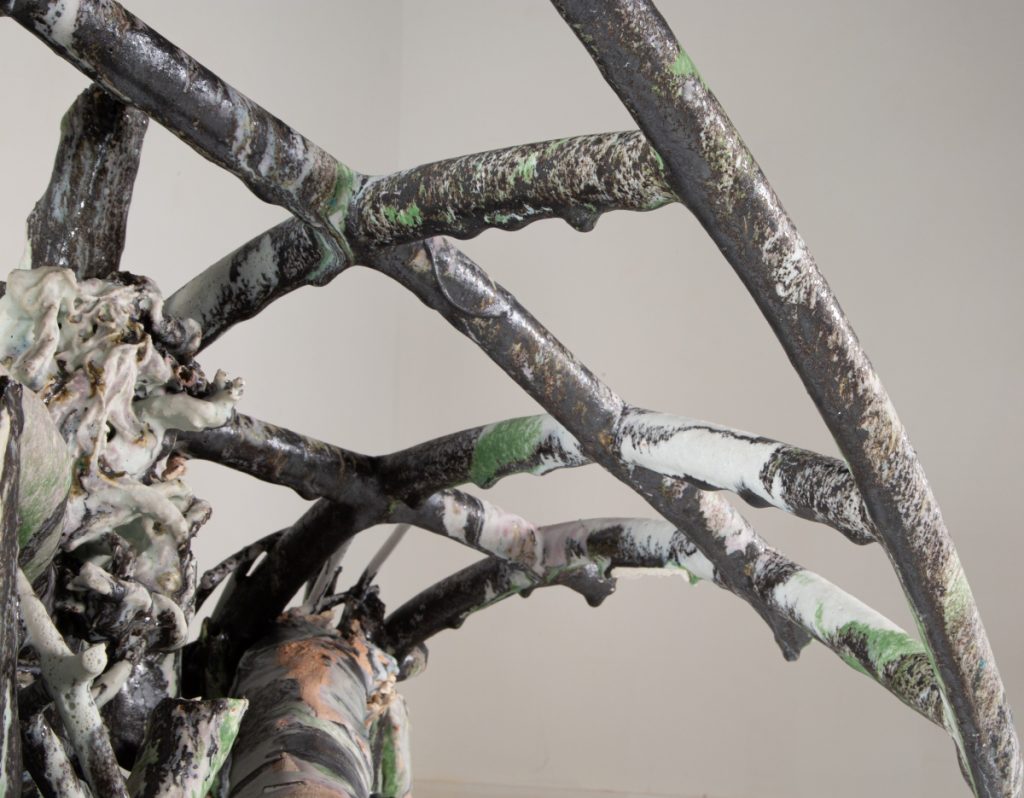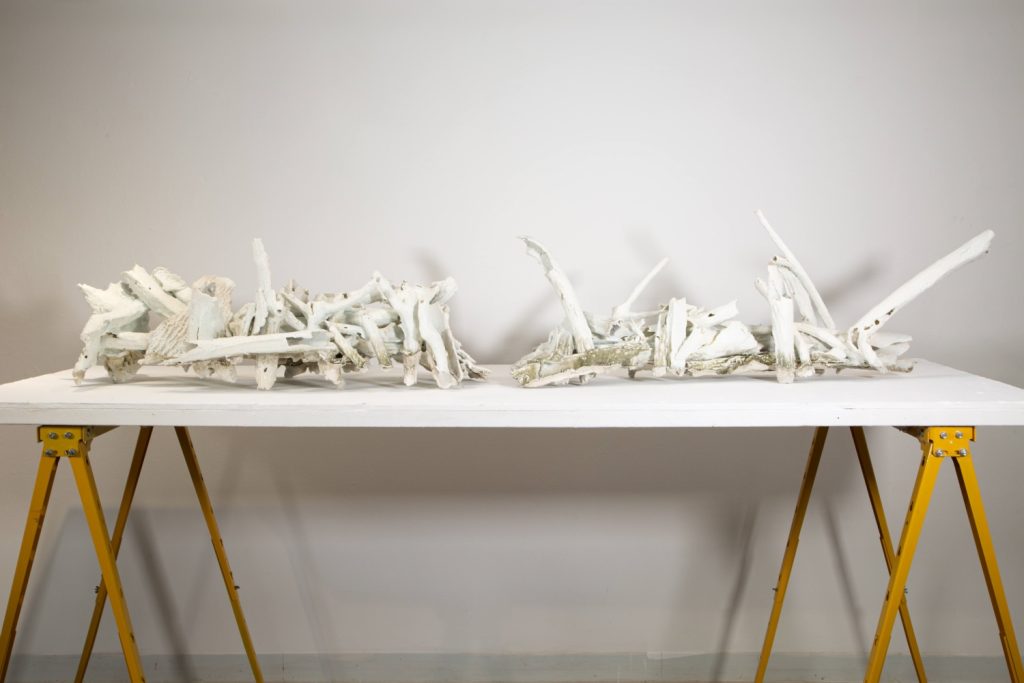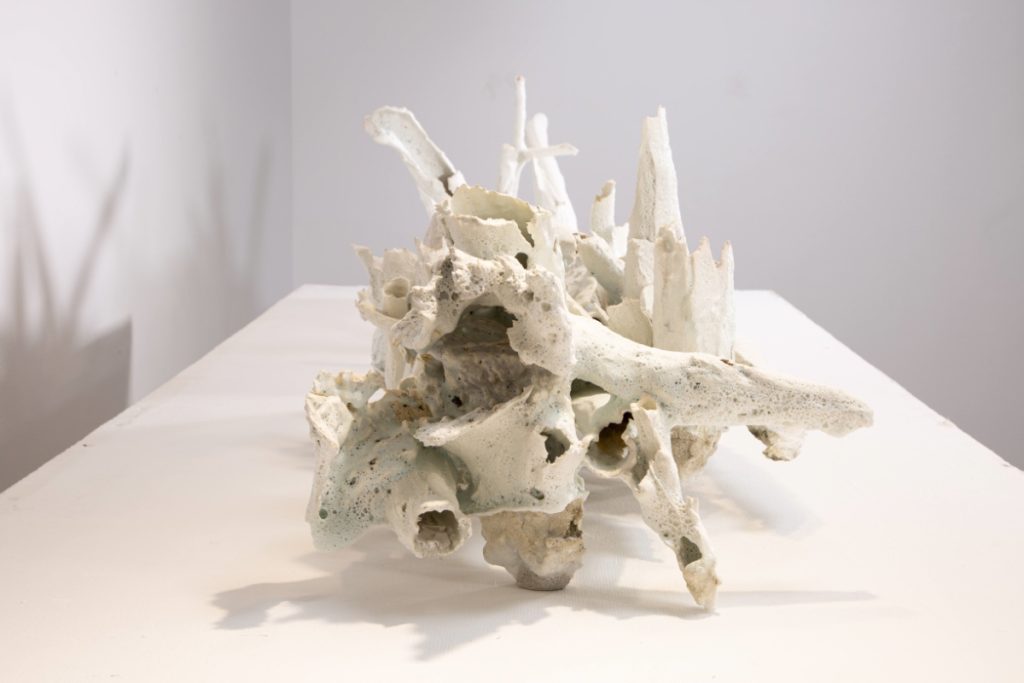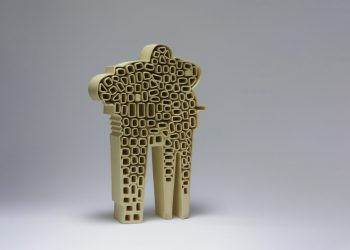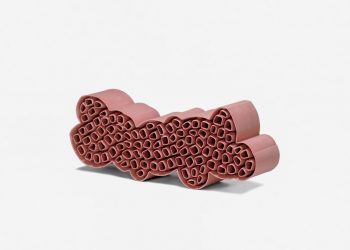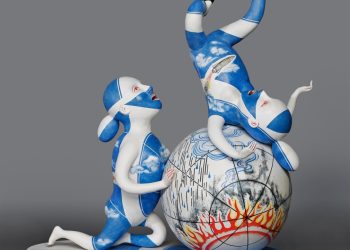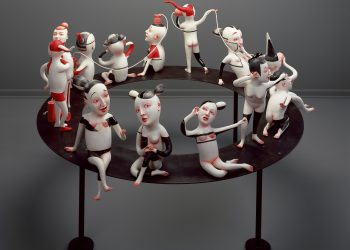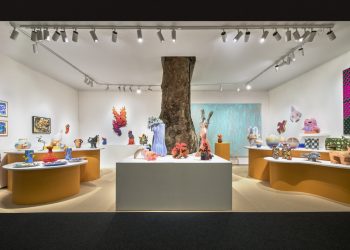Rose Schreiber: Selected works, 2023-Ongoing
She Who Vomited Out Her Own Metals, 2023-Ongoing
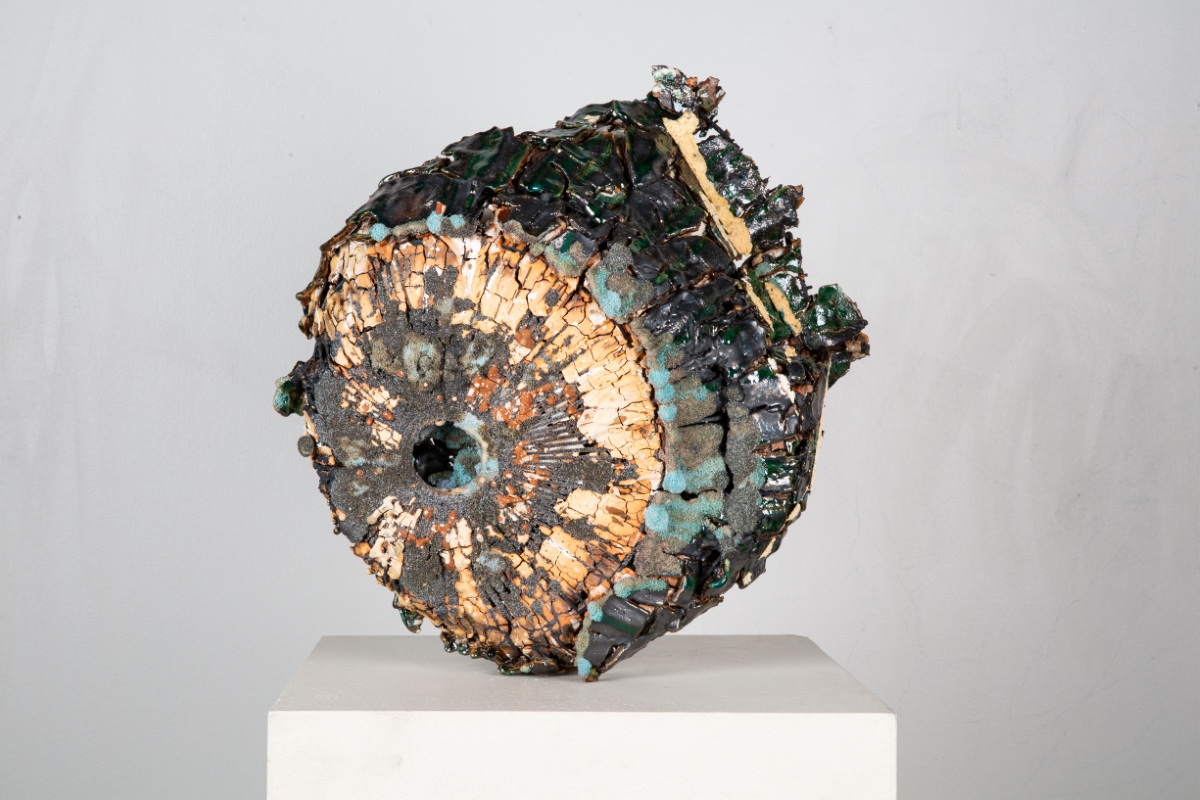
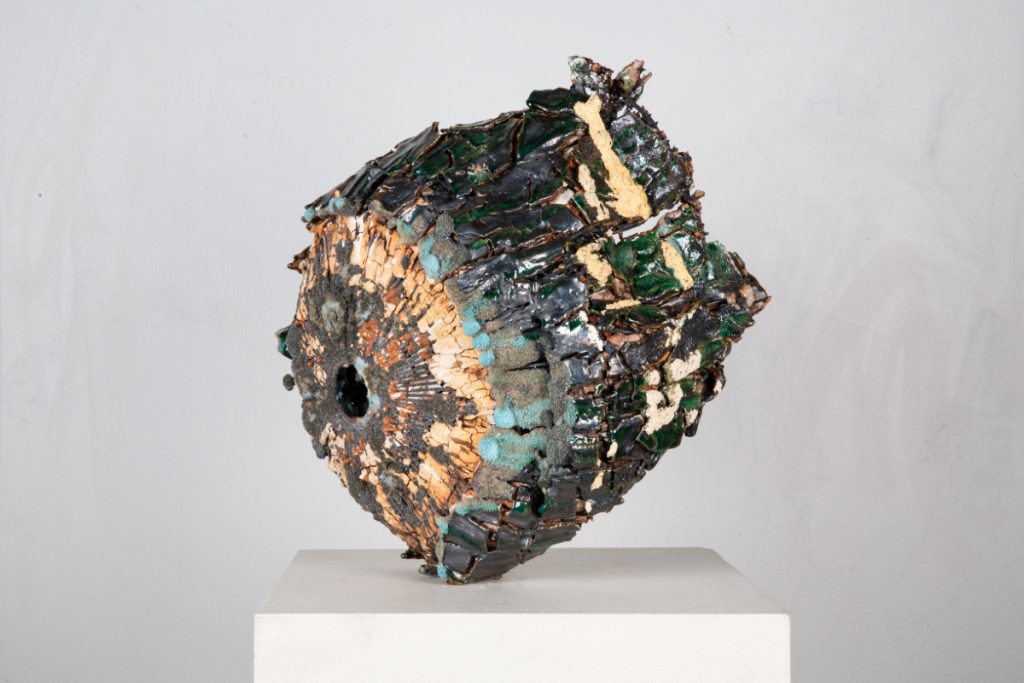
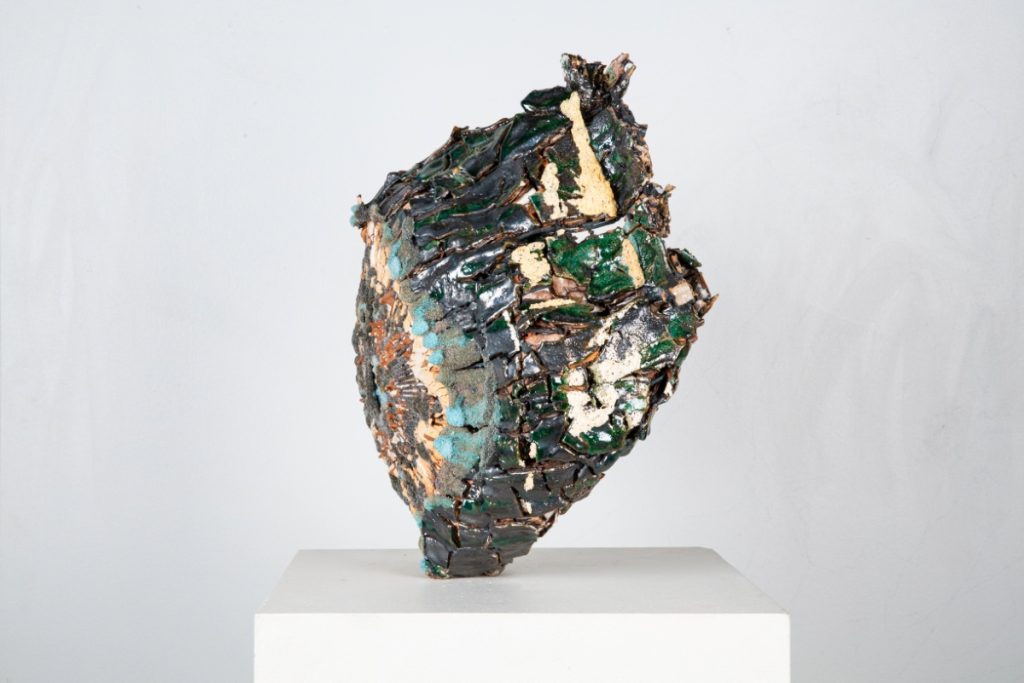
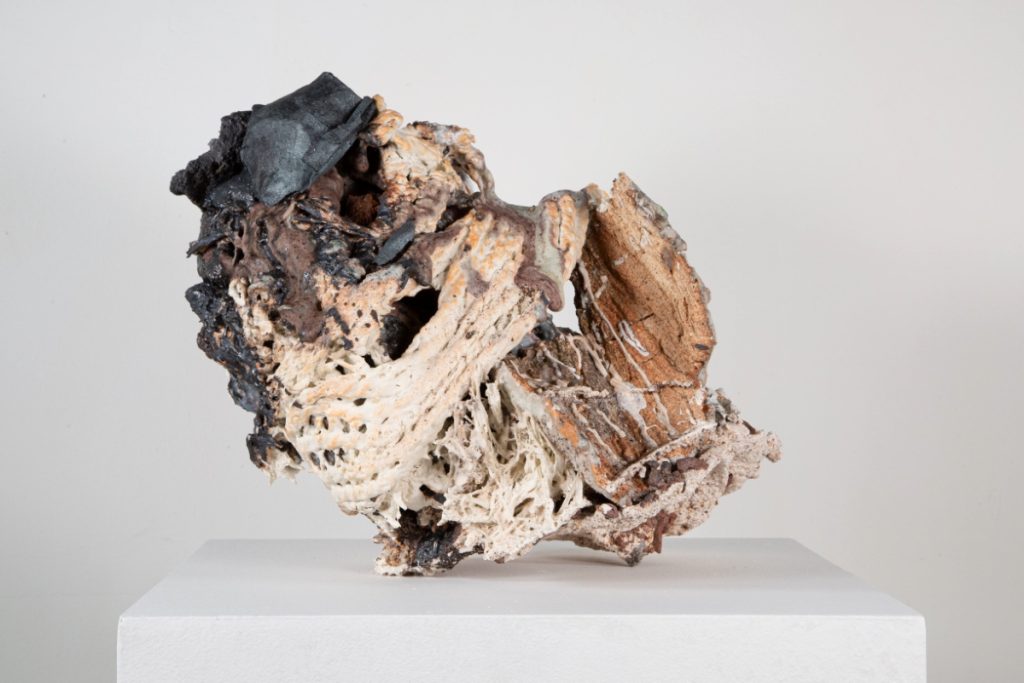
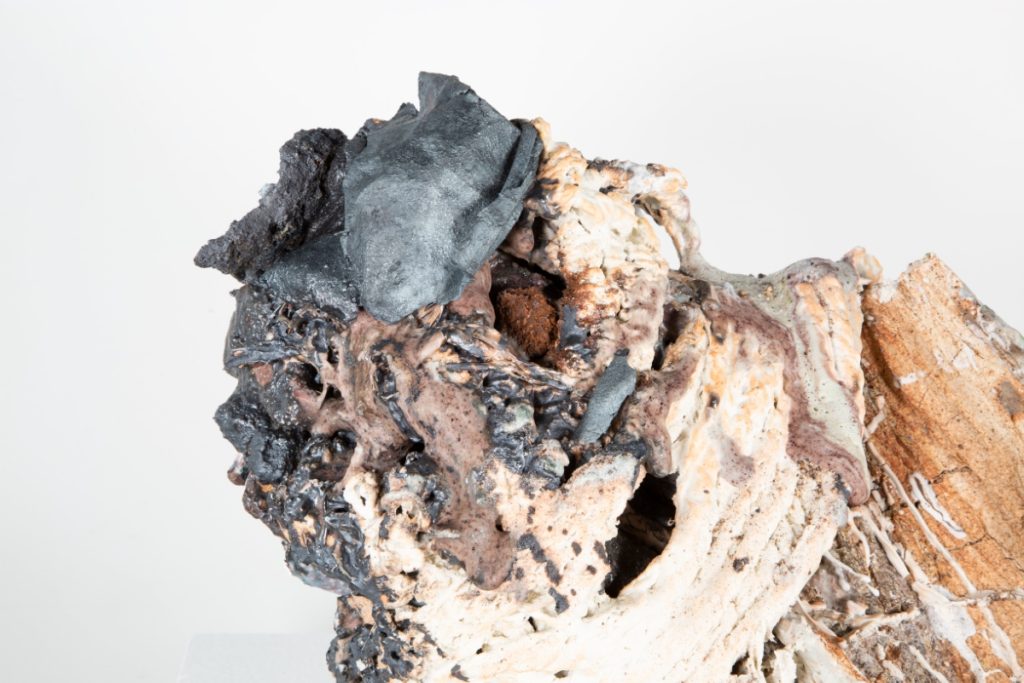
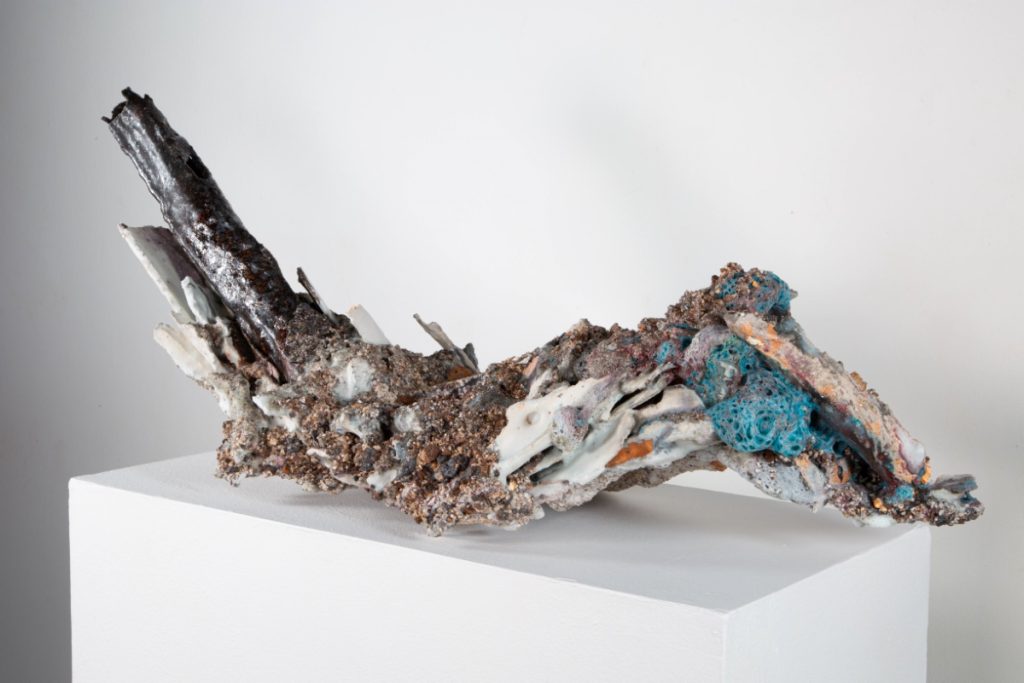
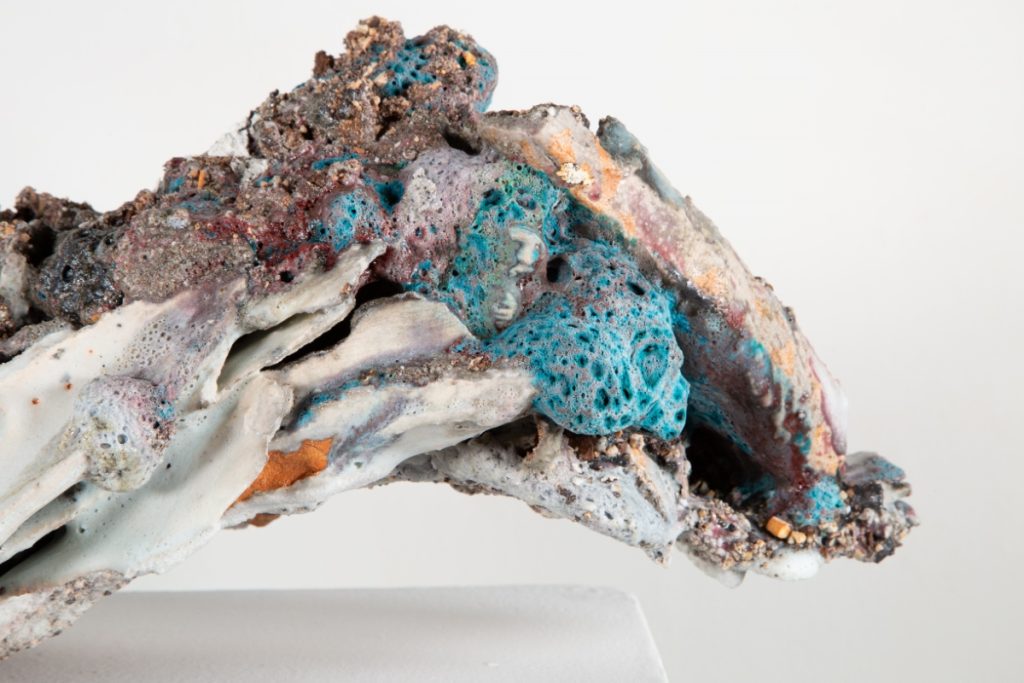
“She who vomited out her own metals” is a phrase borrowed from Martin Howse’s opening essay in Becoming Geological. This strange and disquieting yellow book describes the work of the Tiny Mining community: a group of humans that attempt to extract metals from their own bodies, thus becoming both terrestrial appendage and exploitable resource. The Tiny Miners are inspired, in turn, by the kinetic philosophy contained in Thomas Nail’s Theory of the Earth. These texts and projects take a radically posthuman approach to rocks and minerals. Rocks and minerals are perhaps the last materials to which we give ecological consideration or in which we acknowledge historical agency. Yet, these texts argue, rocks and minerals take us far outside ourselves and our anthropocentrism: a reminder that our tenure on this planet is brief, and that all beings and materials—organic and inorganic—are mutating together, in a vast, entangled mesh. Ceramic is mineral. Ceramic is rock. My work is deeply inspired by artists and authors exploring geology from a soft point of view.
My previous body of work, NATURE TO THE DOGS, contained environmental ideas and metaphors that were in tension with one another: ideas of stasis, spirit, and immateriality were contrasted with ideas of mutability, decay, and phenomenology. The title itself is a composite of meaning: it suggests that ‘Nature’ is going to the dogs, while also saying that we should throw the very idea of ‘Nature’ (an idea premised on apartness, on purity) to the dogs. The phrase ‘going to the dogs’ also references collapse, disintegration, inter-speciesism, and biological hierarchies (‘dog’ suggesting subservience or filth).
I am now metabolizing the detritus, the tailings, the waste of this old work into something new. I am recycling. From a poetic standpoint, the meanings of NATURE TO THE DOGS are folded into this emerging body of work, but with additions and dislocations, new strata of meaning. Whereas the sculptures in NATURE TO THE DOGS primarily referenced biological forms (through the use of mineralized trees and fibers), these new bodies take a turn toward geology and the mutative, self-consuming processes of rock formation.
The kiln functions as a proxy for the bowels of the planet. Deep time processes of melting, densification and mineralization are sped up in a single firing. Rocks form: amalgamates of fused, undifferentiated material, their slow transformation a result of millions of years of weathering, heat, compaction. To borrow philosopher Timothy Morton’s words, a rock is a “strange stranger”: emissary from worlds unknowable to us. These ideas become all the more poignant in light of attempts to rename our current geologic epoch—the Anthropocene—the vast terraforming and anthroturbation these new names imply, as well as that contemporary ceramics is very much the product of human systems of mineralogical extraction, distribution, and deposition.
NATURE TO THE DOGS, Artist book, 2023
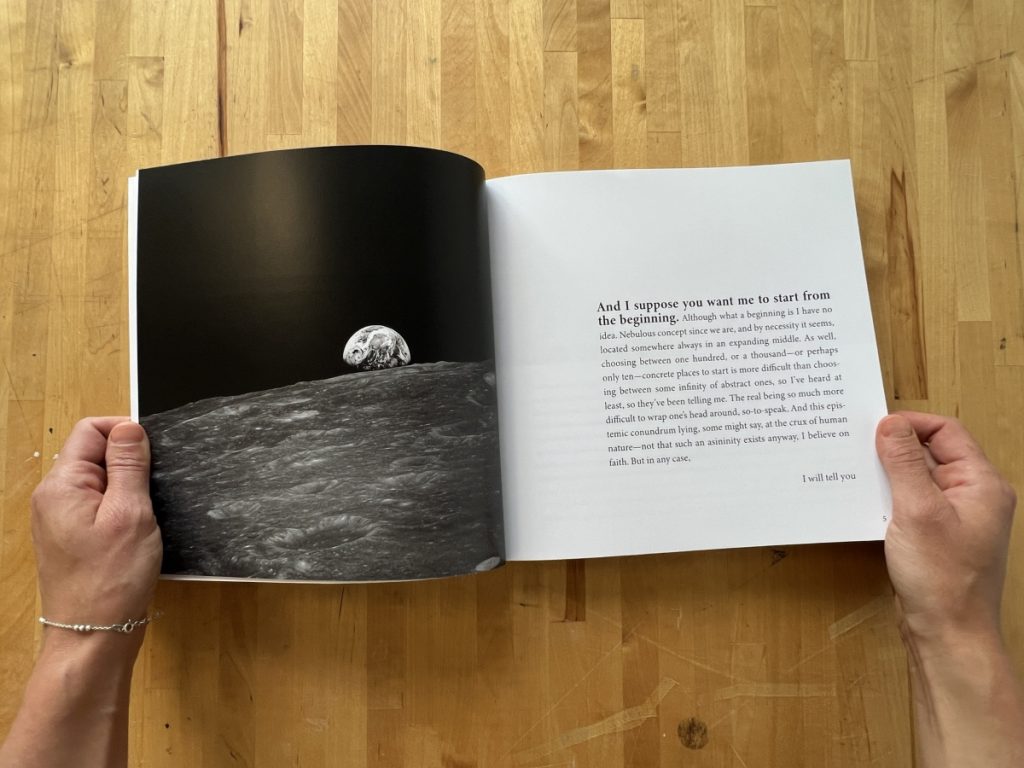
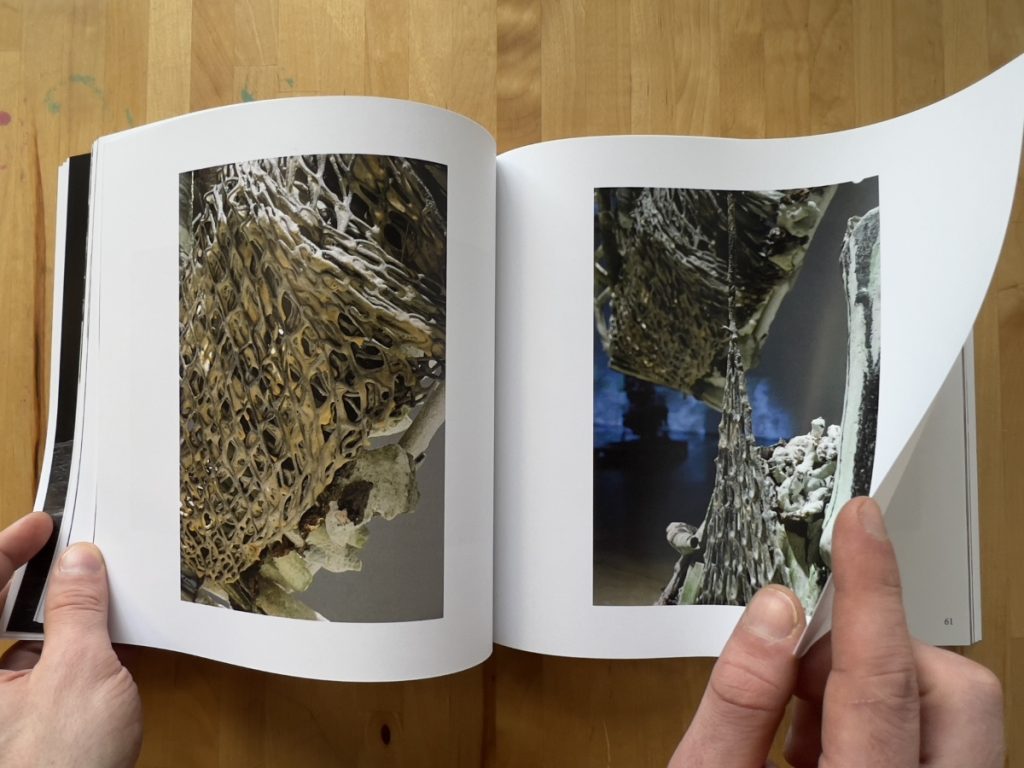
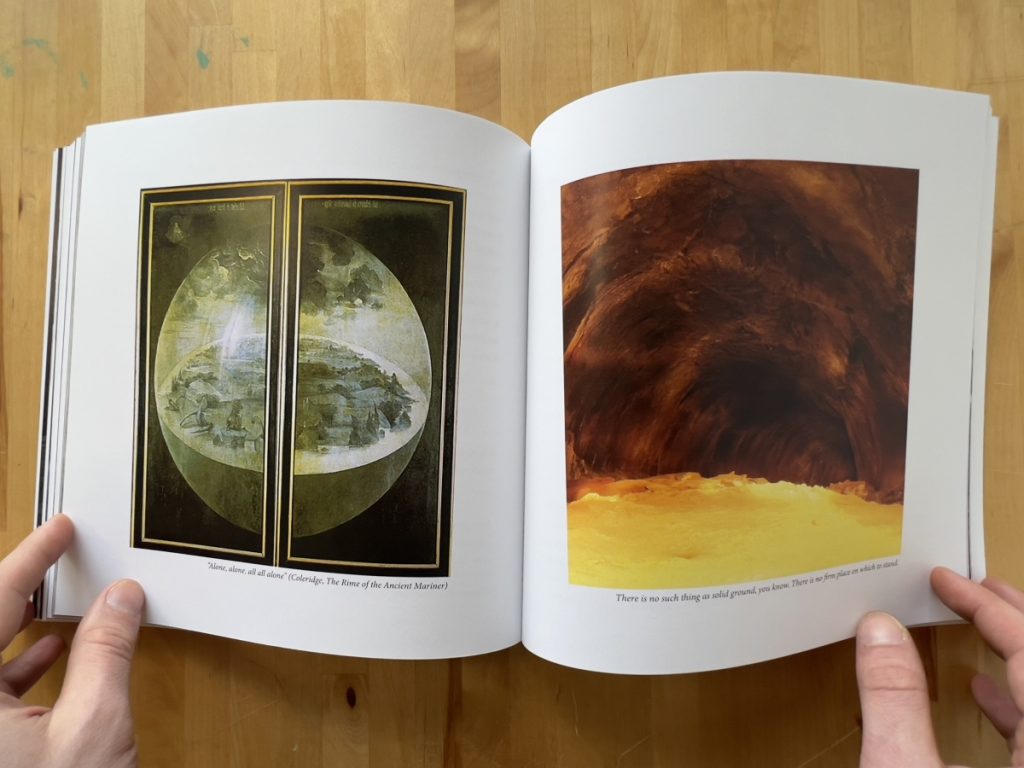
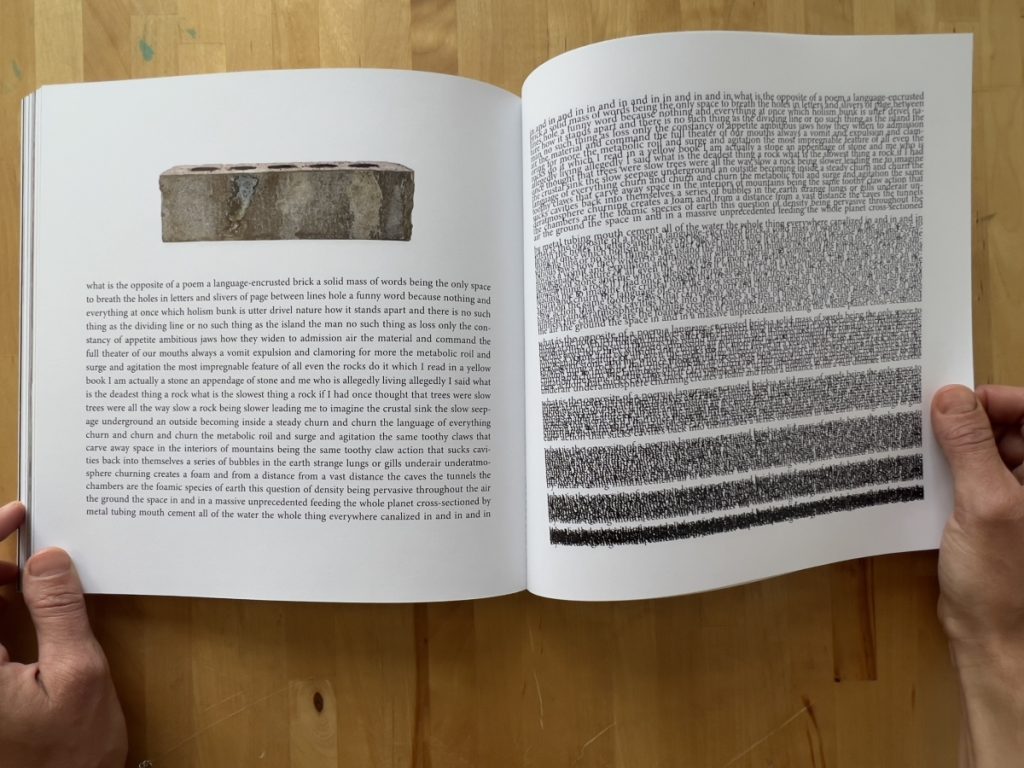
This artist book was produced together with the NATURE TO THE DOGS exhibition at Alfred University. Through visual poetry as well as poetic, narrative, and academic writing, this book explores the theoretical matrices of the show. These matrices grew out of the sculptures like so many Lichtenberg figures: the more I thought about them, the more uncontrollable they became.
NATURE TO THE DOGS is, in many ways, a story about models of the Earth. It is a story about density: the mutating solid of the planet, the ethereal vapor of the sky. In place of authority, linearity, and resolution, this book offers an open web of associations. Just as ecological thought is inherently prismatic, branching, and tentacular, so too is NATURE TO THE DOGS.
The NATURE TO THE DOGS artist book was submitted to the Scholes Library MFA Collection in lieu of the standard blue booklet. You can access a free, low-resolution PDF of this book through a link on my website.
NATURE TO THE DOGS is part of the Neo-Mineralia Library collection.
NATURE TO THE DOGS, 2023
